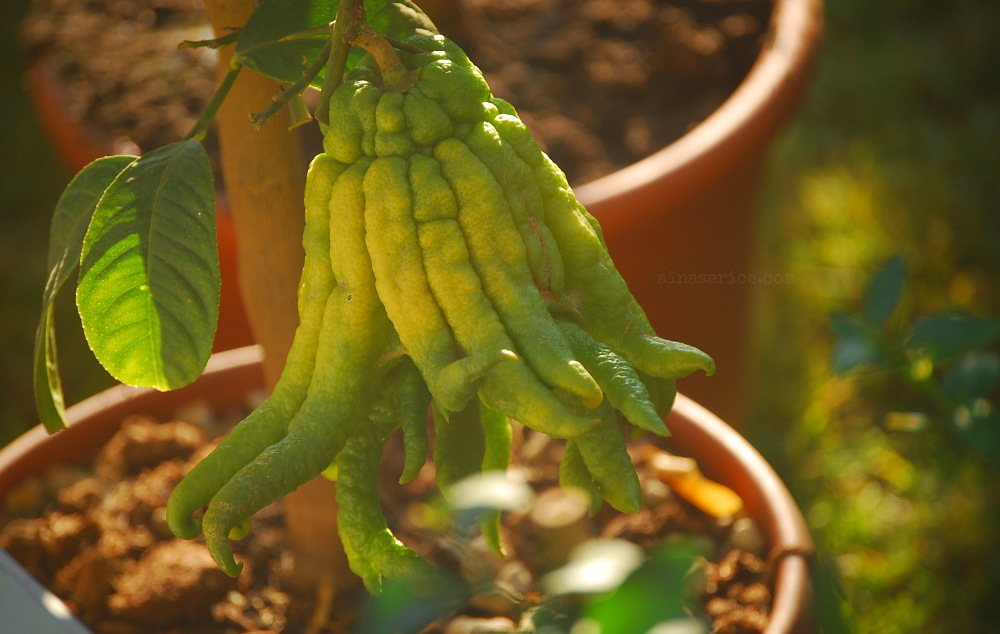Against "green blindness": This is what neglected plants look like
The human gaze tends to be directed towards a butterfly but ignores the plant on which it lands due to a phenomenon known as "green blindness", which biologist Aina Erice sets out to cure in her book "Senderos de Savia", in which she rescues from oblivion fascinating plants and trees that we have left behind because they do not fit into the "supermarket ecosystem".
Green blindness" was formally described in 1998, although "it has been with us for as long as we have existed as a species, and has only become more pronounced in recent times", explains Erice (Palma, 1985) with his sweet voice, always enthusiastic, with which he has managed to make thousands of readers and listeners fall in love with the plant kingdom with three books, and a podcast recently converted into this fourth.
"Projecting ourselves on an animal is easier than with a plant", acknowledges Erice, but current production and consumption patterns and urban life have not only increased this oblivion but have literally made it very difficult for us to see those plant specimens that do not fit in the shopping basket.
"Until a few decades ago, the majority of the population lived in rural environments, without herbicides or agricultural engineering, where it was tremendously important to know the plants around you: which ones were in the way, which ones you could feed on, which ones served as a first-aid kit," he says.
Nowadays we live in cities where "we have compartmentalised the places where we want to see plants, and we select those whose flavours or smells fit in with the distribution channels through which things reach us".
In the case of roses, do we buy the prettiest or the best smelling ones? "No, we buy those that are capable of adapting to growing in Kenya, getting on a plane for hours, going through a big auction in Holland and then returning to withstand more flights to New York or Madrid, as intact as possible", he replies.
Risks of oblivion
"When you forget that there is a wealth of plants around you that are useful to you, that have made your life and diet more diverse and interesting, you have an impact on your external environment and you make it fragile, simplifying it..... And you may say, 'What do I care if one plant becomes extinct, but by the time you realise it, four, five, ten plants have already become extinct... and the overall impact has been enormous'," he explains.
Erice set out to fight that "osteoporosis of civilisation, which is forgetfulness" when it comes to plants when she herself was fascinated by the subject "Biodiversity of the Plant Kingdom" in her biology studies - "That's where my love story began!", and her mentor, the philosopher José Antonio Marina, encouraged her to explore and spread the connection between the kingdoms of nature and human beings.
Since then she has not stopped discovering more or less lost, more or less forgotten, but always fascinating stories of the trees and plants that surround us: "I imagine them as a network of paths that invites us to enter to discover our culture, to travel to any place in the world, and to any historical moment".
Plants for time travel
Stories like that of the citron tree, the father tree of today's lemon trees - it produces fruit that looks like "dinosaur lemons" -, which arrived in the Mediterranean from the Himalayas, and soon ended up in the banquets of kings, achieving, with its extraordinary aroma and peculiar flavour, "that citrus fruits dominated the world".
Or the less and less common water or pilgrim's gourd (Lagenaria siceraria), whose fruit is not eaten like the gourds found in supermarkets, but, due to its hardness, was the first canteen of mankind; and has been used for centuries to decorate or make musical instruments.
Erice history also recreates species that have played uncharismatic socio-cultural roles, such as the heather, whose wood was one of the most common fuels used by mankind for heating, roofing houses or making brooms.
"The heather is not very glamorous, but without these humble plants everything would have been poorer," she says.
The author develops 27 such stories in "Senderos de Savia", the book based on the successful ethnobotanical ethnobotany podcast that she began recording just two years ago, "with a mobile phone conveniently stuffed into two socks and tucked into a cupboard".
Fascination of the plant kingdom
With them she will increase the number of "vegetophiles", which is what she calls people who develop an affectionate curiosity towards plants and their various roles, both material (serving as food, medicine, dye, decoration, shelter) and imagined (symbolic, ritual).
In addition to "Senderos de Savia", which has just come out in digital version, Erice is the author of "El libro de las Plantas Olvidadas" (Ariel, 2019); "Cuéntame, Sésamo: 9 Historias sobre los Poderes Mágicos y Reales de las Plantas" (A Fin de Cuentos, 2018); "La Invención del Reino Vegetal. Stories about plants and human intelligence" (Ariel, 2015) and the podcast "The Path of the Lost Plants".
Original article from EFE Verde.
